
Hey designers: your test knit requirements may be throwing up all sorts of red flags. If you’re thinking about how to structure a good test knit to draw in the best testers without scaring them off, this is the blog post for you.
In part one of this two-part series, a group of experienced test knitters shared why they got involved in test knitting and what they look for in a test. Today, let’s talk about some of the things that scare off good test knitters, along with ways designers can be more supportive.
Now, as a fellow designer, I know things can get sticky. You’re trying to meet deadlines, you’ve been burned by testers who ghost after they get the pattern, and you just want to protect yourself. I get it. But remember: your testers are people, too, and you’re generally not paying them. The more onerous you make the test process, the more likely you are to scare off some incredibly talented testers who would otherwise want to work with you.
Here are more in-depth answers from my crew of skilled and professional test knitters. As a reminder, you can find out more about these awesome testers over in the first post in this series.
Test Knit Red Flags That Scare Away Good Testers
Theresa
Some red flags for me are lots of check in points and the threat of having to pay a fine if I don’t complete it. I have done dozens of tests now and have never NOT completed one. So that always kind of rubs me the wrong way. I do understand the designers need to protect themselves and their intellectual property though so I get where they’re coming from. I just feel like it kind of sets a ground of not trusting people.
Juliana
I confess that my job takes up more time than I would like, so I usually don’t look for test knits that are quick turnarounds. Even if it’s simple, my ability to knock something out varies greatly upon my schedule and I can’t handle not meeting a deadline. Also, the more low key the better. Test knits that require a lot of check ins and pictures tend to bring out the perfectionist in me and it adds anxiety to something that I use as a tool for relaxation.
I also prefer knits that let me choose my own yarn. Being told I have to test something in a certain yarn & color makes it less desirable. I like being able to see how different yarns turn out.
Kimberly
Time
Listing specific yarn to use
No flexibility (time, yarn substitutions, etc.)
Asking for the sample once knit
Beth W
I’m picky when it comes to test knits. I always look at whether I like the design first. Then I check the test due date. I’m a slow knitter with four small children. I try not to pick tests with mini deadlines just because my personal schedule varies quite a bit. I also don’t like tests that require a specific yarn be used. Yarn weight is fine, but telling testers it needs to be indie dyed can be too expensive for some knitters (myself included). I like to knit with indie dyed yarn, but it’s not always feasible for larger projects. I also look to see how easy it will be to reach the designer during the testing process. I am very literal when I test, so I like to check things with the designer if it ever seems necessary rather than “making it work”.
Karen
I don’t like designers dictating that I must have a public account in order to test for them. I think my account privacy is my business. I’m more than happy to promote, give feedback, rate on Ravelry/ FB etc
Cindi
The only red flag that I can come up with is an unreasonable timeline or restrictions on yarn used.
Arianna
The timeline is a big red flag! 8 weeks minimum for a garment, 4 for accessories.
Sandra
I think a test knit is about interaction, when the designer doesn’t involve, doesn’t answer a question or does it in a bad way, when is not open to receive feed back, when the pattern have huge mistakes, I think is better don’t work with him/her again.
Steph
I have had very few red flags come up over the years. But the big one is when I point out an issue and the designer responds but ignores it, either with acknowledgement or complete avoidance. Ok good luck then, I am no longer vested in the success of the design.
Beth K.
Designers who send out incomplete/obviously wrong patterns consistently, designers who do not engage with their testers, short timelines, designs that are not size inclusive design.
Ways Designers Can Be More Supportive Of Test Knitters
Theresa
I have always felt very supported by all the designers I’ve tested for! I really appreciate when designers share their testers works in stories etc. It’s that bit of acknowledgement that just makes you feel appreciated.
Juliana
Allowing yarn substitutions! Make videos with techniques that are unique to your pattern. Also I think some form of a thank you goes a long way. I have never expected monetary payment for a test knit, but the offer for another pattern, promotion of my project on your page, or doing something to show your appreciation makes me feel like my efforts weren’t just for nothing.
Kimberly
A larger pool of designers that can budget more time to their testing calls as well as more designers that can offer yarn support even if it’s partial support.
Beth W.
I have found test groups that have testers in multiple time zones super helpful. Someone is always awake to help out. I also really like when designers are willing to hear your comments. Not everything in a pattern is going to be perfect. A designer who is willing to hear that is essential.
Arianna
As a designer myself, I know that you have to make yourself available and get questions answered before someone else points them out. I love to send an email update every time a tester spots a typo, so no one is left behind. I’m relying on the goodwill, enthusiasm, and skills of knitters in exchange for their time and hard work. I give them a final, formatted PDF, plus another free PDF pattern, a digital hug, and a round of cocktails if we ever meet in person.
Sandra
As I said in the question number 3, I think interaction, to participate with the test knitters and be open to check the pattern, answer questions is very important, if she or he is nice, even better, because for me is important to bond, because help me to work happy and give a lot of love in my work.
Steph
Communication is key. Test knitter expectations need to be set up front. An easy place to track the pattern, issues and resolutions would be ideal but not all testing grounds provide that. Just keep creating awesome designs. I am not looking for compensation when I do test knits since I already have the pattern that I made.
Beth K.
I think the key is to just be responsive. Answer questions, be friendly, and acknowledge/share posts.
Helpful Miscellaneous Information From Testers
Theresa
My knitting skills have improved immensely through doing lots of tests and it has encouraged me to learn new techniques that I might otherwise have avoided. And I especially love the friendships that have formed with designers and other testers!
Juliana
I encourage you to keep designing! I want to keep knitting all of the things and my stash continues to grow at a faster rate than I’d like to admit so I need all of the projects, haha.
Kimberly
I test knit because I enjoy knitting. I post on Instagram for the same reason. I’m not out to gather a large following. I don’t have many friends outside of a couple online acquaintances I’ve made so I post as a way to feel connected to other people outside of my two kids. I test for that reason as well since most testing pools are fairly small and if it’s recurrent for the same designer, the testers are usually the same people.
Beth W.
I love testing. I go into a test knowing that I will most likely have to rip back (lots of times) and maybe even start over before getting to the end. It’s all a process. A designer who is willing to support that is super important. I take it as an honor when someone chooses to let me test their pattern before it goes out to the big, wide world.
I should add that a pattern that is as complete as possible is also really helpful for testing. I’ve tested not so finished patterns and it was a bit of a nightmare.
Arianna
Just a reminder to every tester to be honest and kind. Constructive criticism is necessary and makes for better designers.
Sandra
Since I started my mind change about the focus of test knit, and now I think about it more like an Act of Love, bring my time, my wool resources, share the process with the group of testers and the designer and receive a lot of Love and Care and a beautifull object that brings me wonderfull memories and I can show of with pride.There’s one more important think about my experience in test knits…. I have learn a lot about it, techniques, differents ways to do some things, different styles of a pattern and also now that I start to design by my own help me to know what I need for testing my patterns
Steph
I have now finished or almost finished over 30 test knits. Being a “fixer”, I enjoy being able to help make things better. Being physically disabled with ALS, I have a lot of time to knit and I appreciate having timeline goals in my life. Test knitting gives me satisfaction of work without it being work.
Beth K.
Another red flag for me is the designer’s stance on human rights issues. If they are wrong or don’t talk about it, I don’t test for them.
As a designer, I think it’s really important to have a diverse pool of testers. I intentionally look for testers in different countries, who are different ages, who speak languages other than English as their native language, and who have different life circumstances. All of this helps ensure the creation of a smooth, usable pattern.
And that means every barrier I put in the way of my test knitters reduces the likelihood that I will have the diversity I need in my tester pool. Mini deadlines, contracts, requirements to use a specific yarn, and insisting knitters buy the pattern if they don’t finish? Those are huge test knit red flags, as you can see from this post. It’s worth considering whether those restrictions are hurting more than they’re helping.
Ultimately, we indie designers rely on our test knitters to help produce a great design. We generally don’t pay them. As these testers have shared, they find value in the process in other ways–but we designers need to be as supportive as possible.
That’s the only way to ensure testers are getting the best possible experience.
Let’s stay connected!
Join my newsletter for 30% off all new releases, regular updates with helpful tips and tricks, first crack at registration for upcoming workshops, exclusive discounts, and more.
Join the A Bee In The Bonnet Facebook Group to participate in knitalongs and other fun community events
Come hang out with me on the A Bee In The Bonnet TikTok
Follow along on the A Bee In The Bonnet Instagram
Get inspired via the A Bee In The Bonnet Pinterest

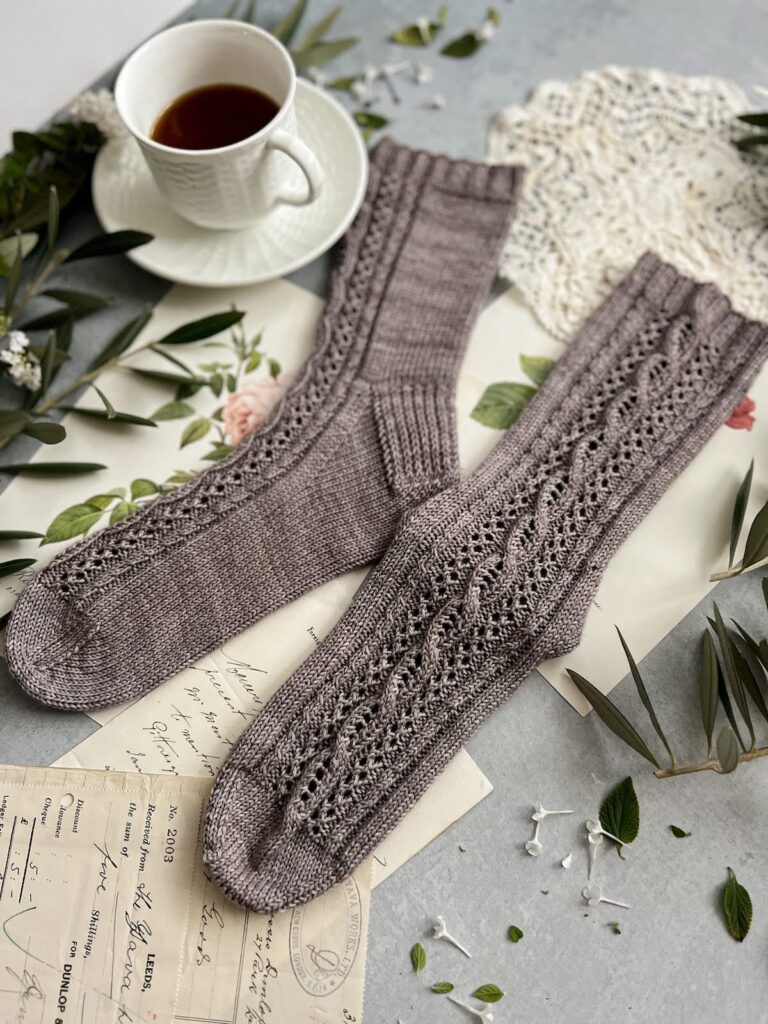
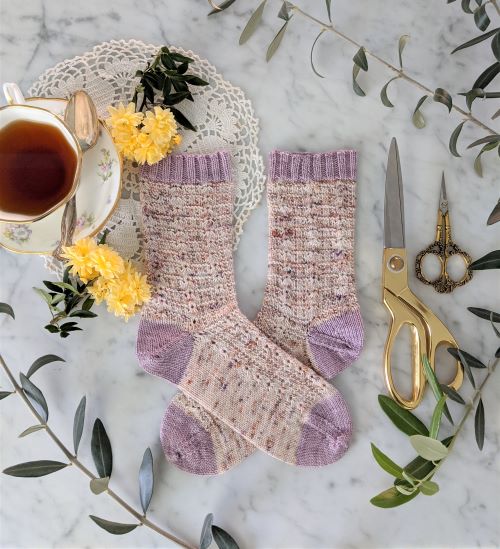
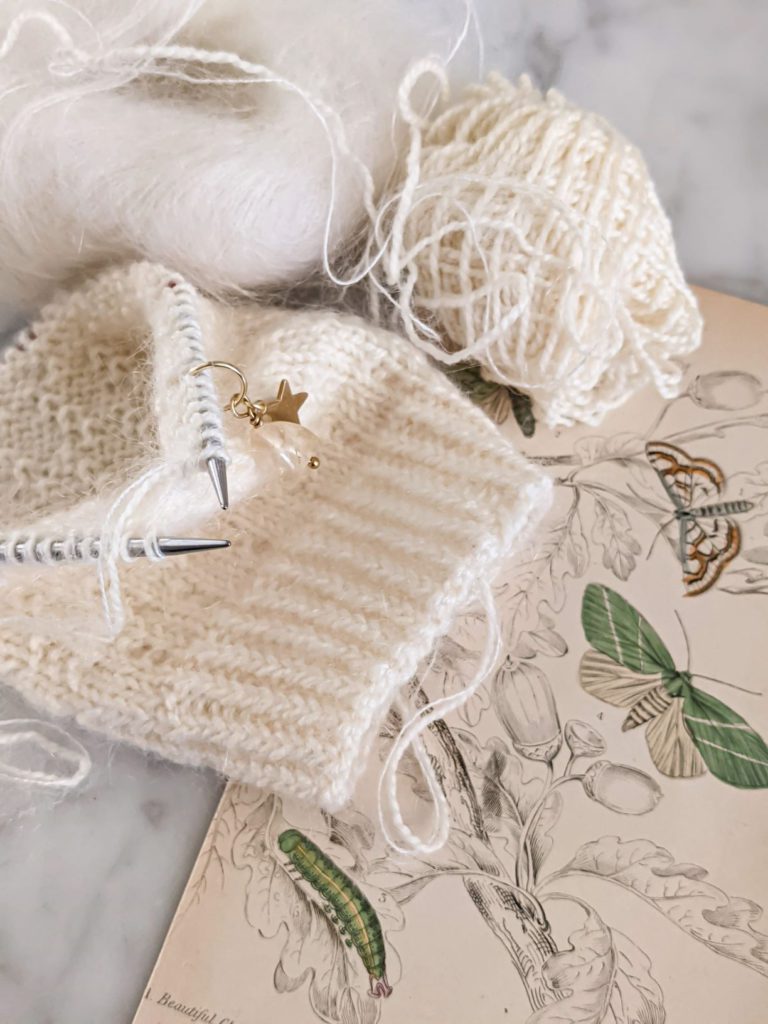
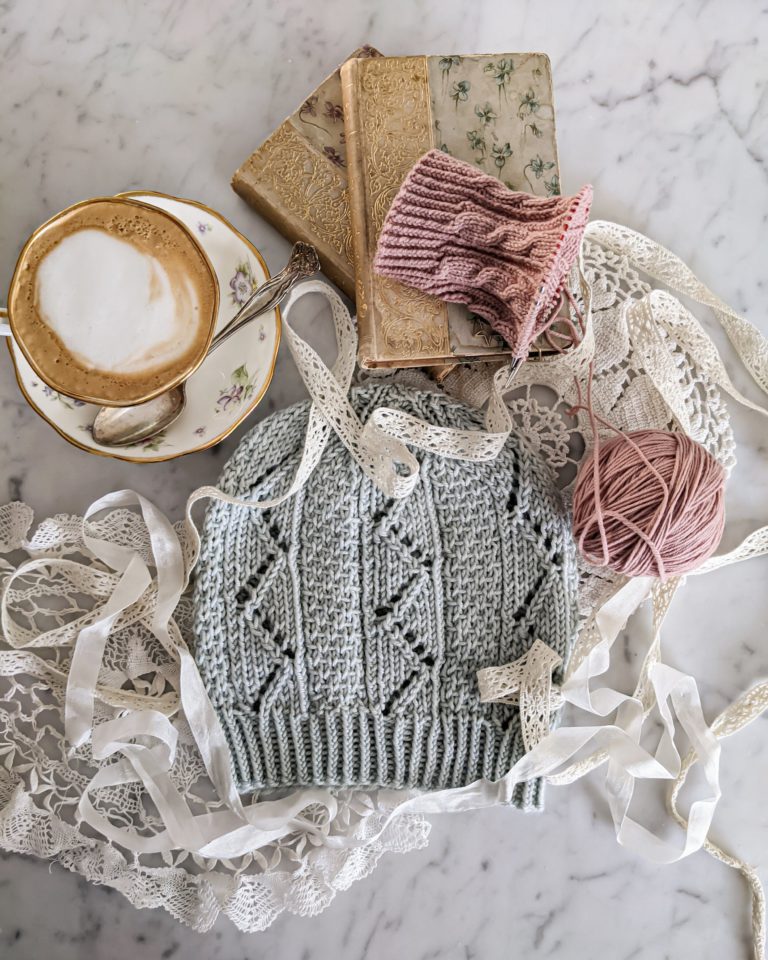
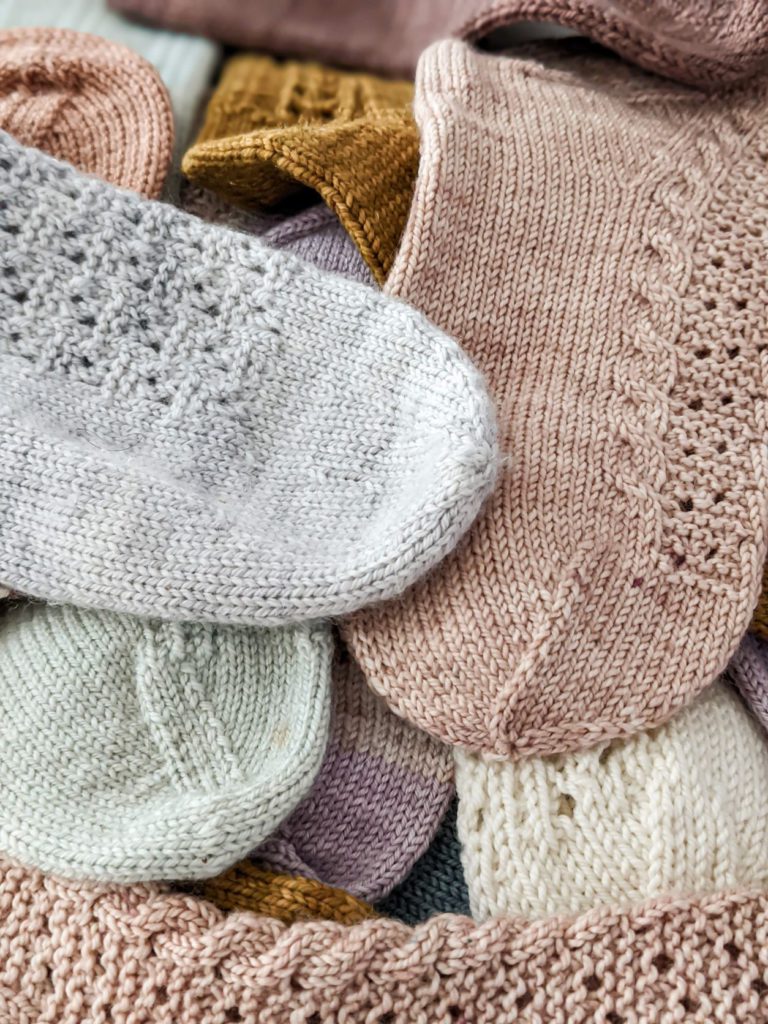
A couple of comments hit a nerve. They were when the tester communicates clarity issues or errors, then the designer doesn’t make changes. Especially after the designer kindly acknowledges your comments. Makes you think they listened. Then they dont include the changes in an update of the pattern. Why do you even need me then?
Oof yeah, that’s a tricky one. Errors and clarity issues that make a pattern unusable definitely need to be corrected. Sometimes, though, what makes things clearer for one knitter can make a pattern more confusing for others. Then it becomes a balancing act of trying to achieve the most possible clarity for everyone involved.
I’ve been involved in a handful of tests—all but one of which went off without a hitch (in the one, the pattern math had an issue, and they never did finish the math needed for my size). The latest one I signed up for is now specifying that I have to use a specific yarn AND a vintage doily. I was going to go rogue for the doily regardless, but calling for a specific yarn that I would have to buy is where I draw the line. This post provided the validation I was looking for, so thank you!
I’m so glad it was helpful to you! The older I get, the more determined I am to avoid things that create unnecessary headaches. Happy you’ve been able to avoid at least one of them, too.